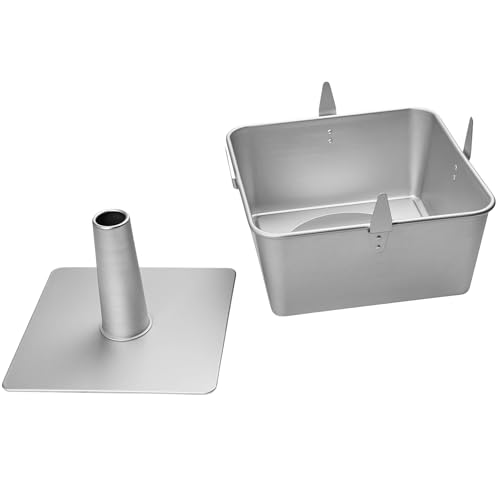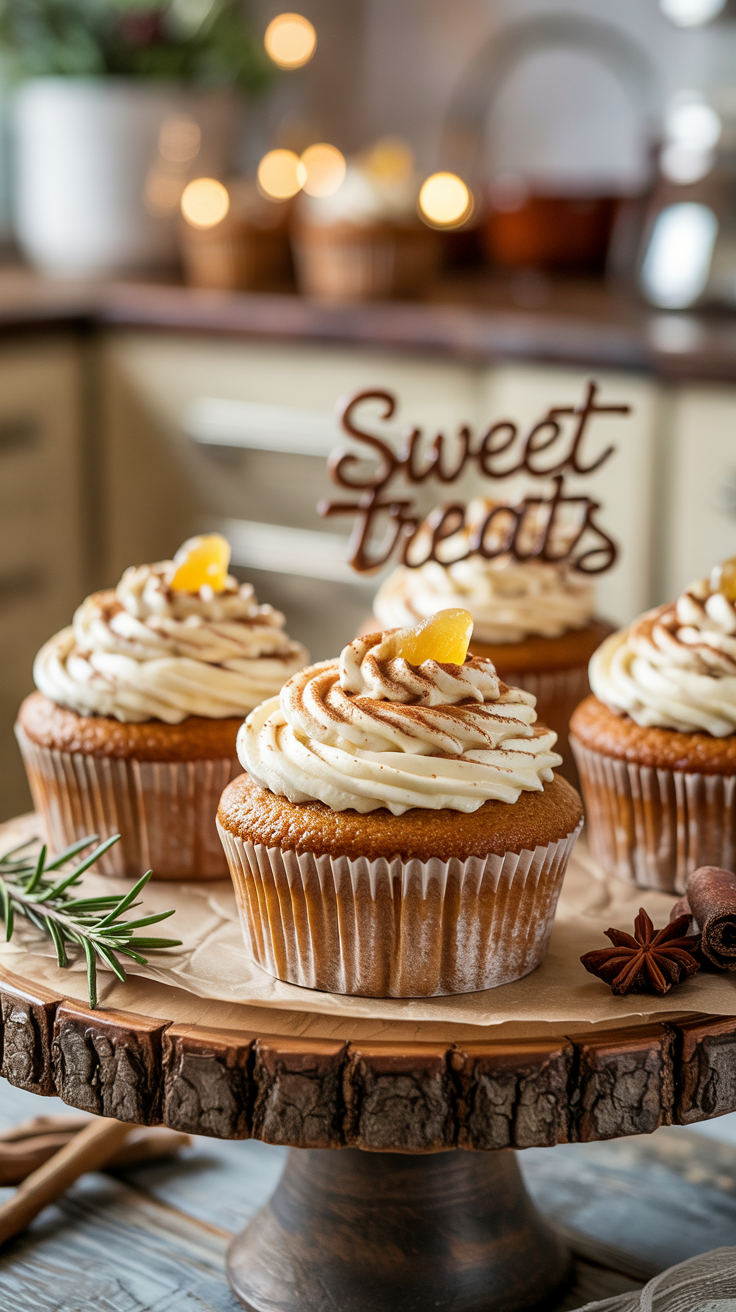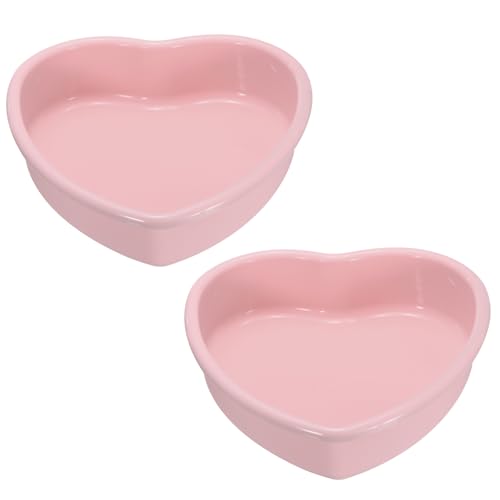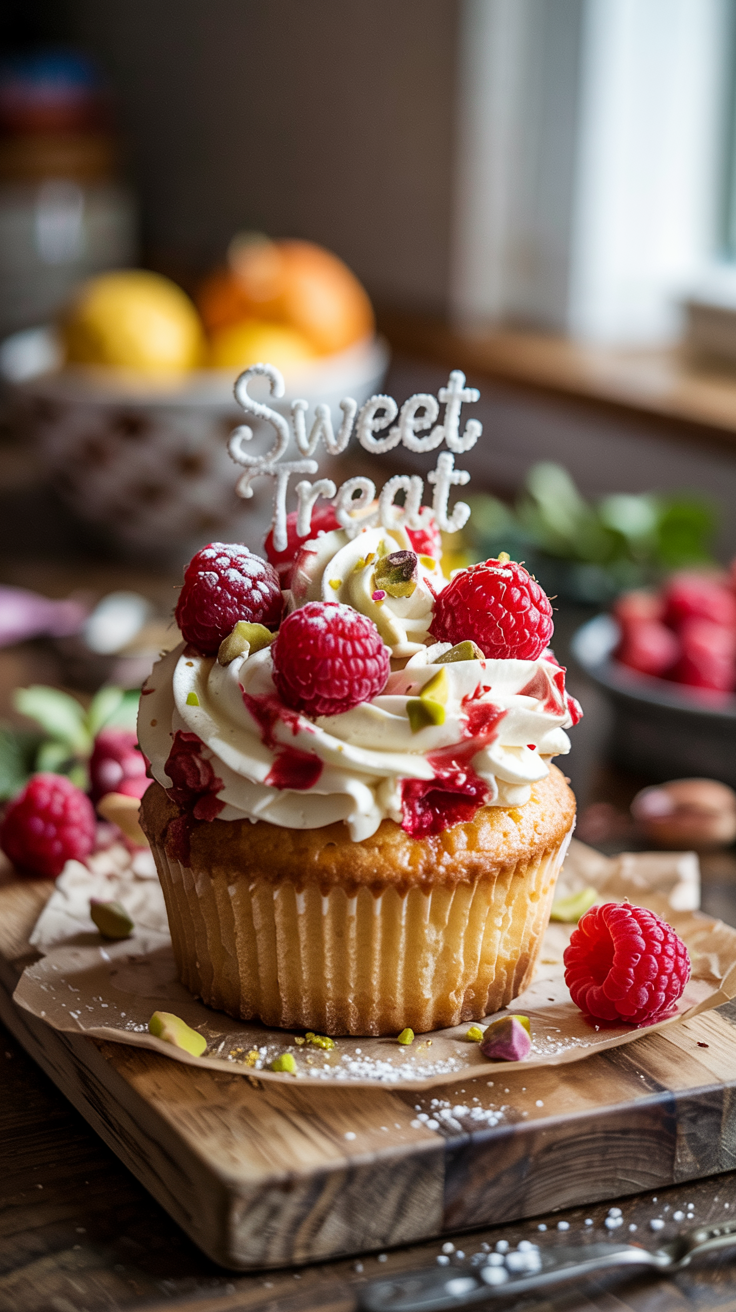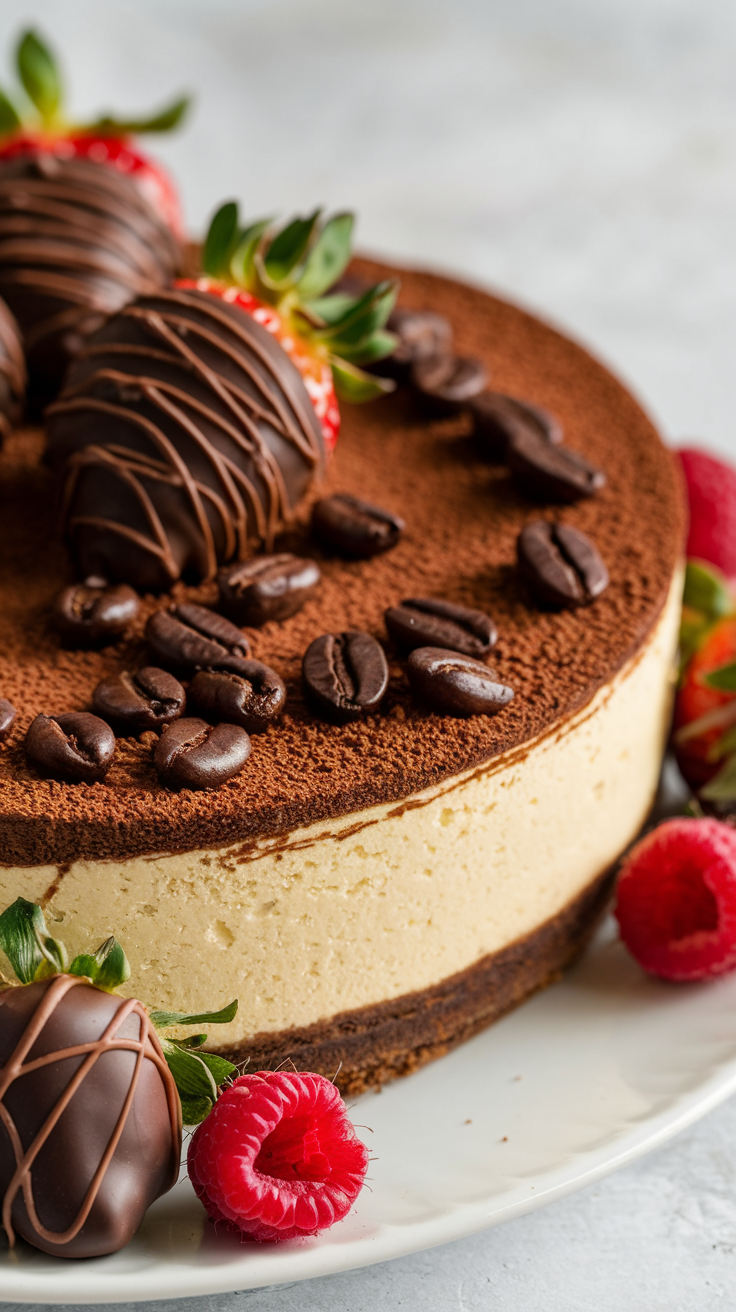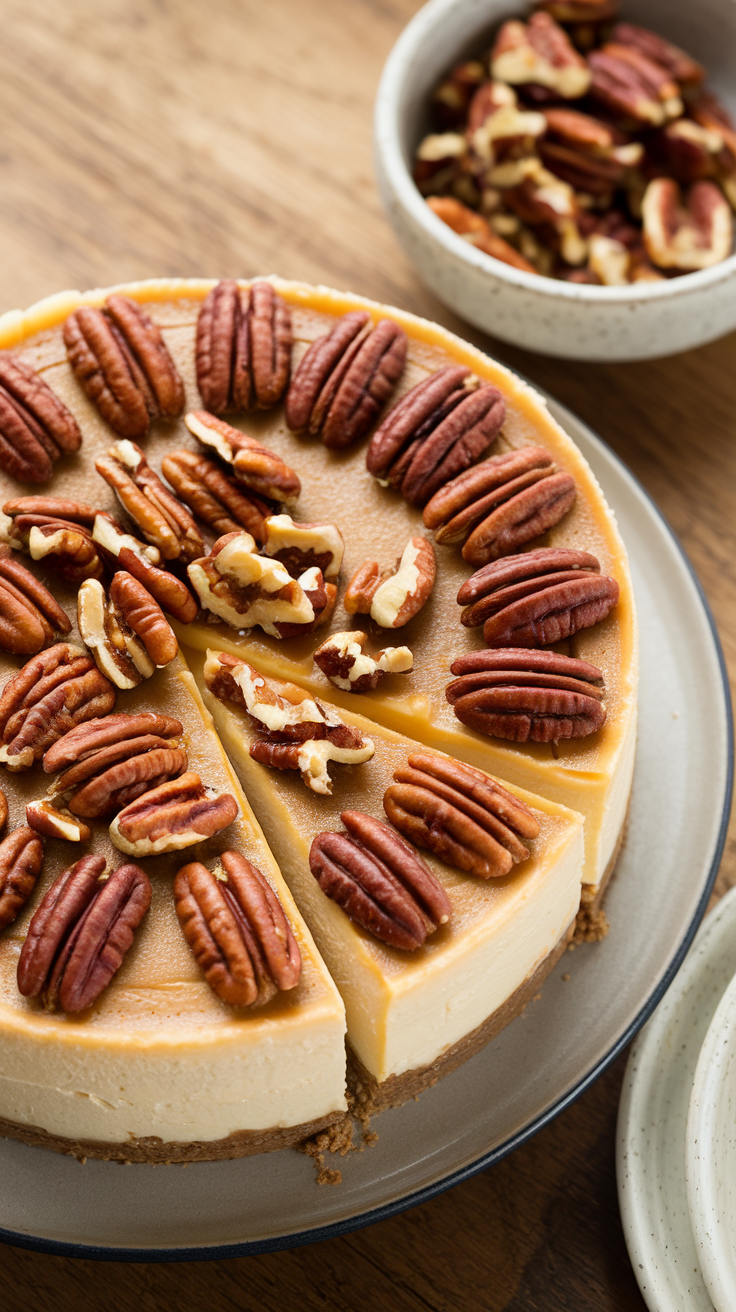Basque Burnt Cheesecake Recipe: A Rustic Dessert with a Charred Charm
Basque burnt cheesecake recipe stands out with its dark, caramelized top and rich, creamy center. This bold dessert hails from the Basque region of Spain and flips tradition on its head. Instead of striving for a flawless surface, this cheesecake embraces the imperfections—cracks, deep color, and a wobbly texture that settles beautifully as it cools. The magic happens at a high temperature, which gives it that signature burnt look without compromising the velvety inside. Its simplicity appeals to home bakers who want a stunning dessert without the stress of water baths or crusts. Each slice delivers a contrast of flavors: bittersweet from the top and smooth, sweet creaminess below. It’s the kind of treat that invites curiosity and wins hearts after the first bite. Whether you’re baking for guests or craving something new, this cheesecake offers both character and comfort in every forkful.
Ingredients

This Basque burnt cheesecake keeps things simple yet indulgent. With just a handful of ingredients, it creates a rich, custardy dessert that’s both elegant and comforting. Each item plays a key role in achieving that perfect balance of texture and flavor—from the creaminess of the cheese to the slight tang from the sour cream. Here’s what you’ll need:
- 2 cups (450g) cream cheese, softened – Full-fat cream cheese gives the cheesecake its rich, smooth base. Let it come to room temperature for easy blending.
- 1 cup (200g) granulated sugar – Adds just the right amount of sweetness to contrast the dark top.
- 3 large eggs – These bind the mixture and help set the soft, custardy interior.
- 1 cup (240ml) heavy cream – Contributes to the luxurious, melt-in-your-mouth texture.
- 1/2 cup (120g) sour cream – Adds tang and depth, balancing the richness.
- 1/4 cup (30g) all-purpose flour – Just enough to give the cheesecake structure without making it dense.
- 1 teaspoon vanilla extract – Enhances the overall flavor with warm, aromatic notes.
- 1/4 teaspoon salt – Brings out all the other flavors for a more rounded taste.
Make sure all ingredients are at room temperature before mixing to ensure a silky, lump-free batter.
Required Tools and Equipment
To make the perfect Basque burnt cheesecake, you’ll need a few kitchen essentials that help achieve its iconic texture and look. These tools make preparation easier and ensure the batter bakes evenly at a high temperature. Here’s what you should have on hand before starting:
- 9-inch springform pan – Provides the right height and shape, and makes it easy to remove the cheesecake without damaging the edges.
- Parchment paper – Helps line the pan and gives the cheesecake its signature rustic folds and edges.
- Large mixing bowls – You’ll need space to beat the cream cheese and combine ingredients smoothly.
- Electric hand mixer or stand mixer – Speeds up the mixing process and helps achieve a lump-free, creamy batter.
- Rubber spatula – Useful for scraping down the sides of the bowl and ensuring nothing goes to waste.
- Oven thermometer – Keeps track of accurate heat, which is crucial for the burnt top and creamy center.
Basque Burnt Cheesecake: Step By Step Guide
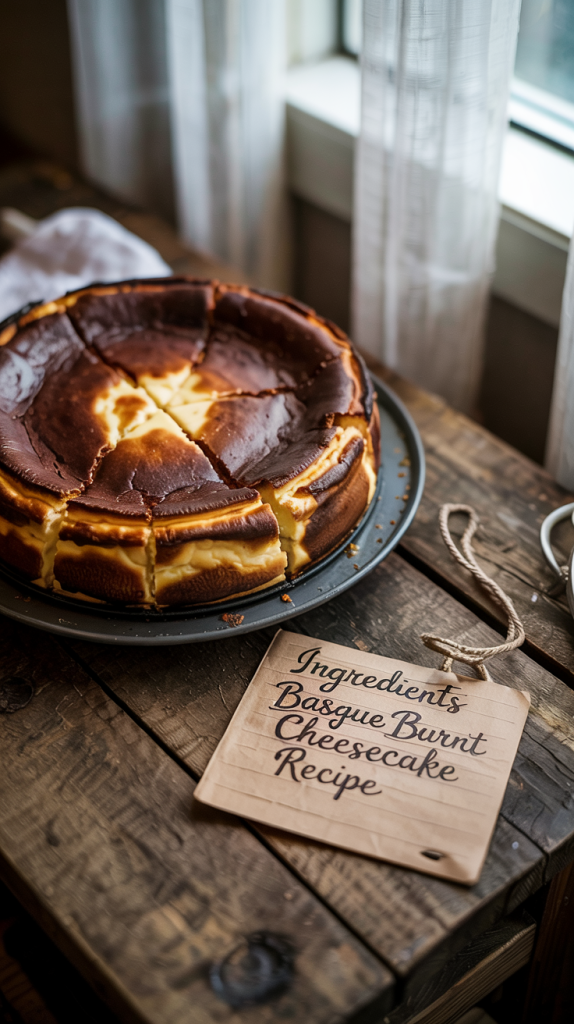
Step 1: Preheat the Oven
Start by preheating your oven to 400°F (200°C). This high temperature is key to getting the signature burnt top and caramelized edges that define a Basque burnt recipe.
Step 2: Line the Pan
Tear a large sheet of parchment paper and press it into a 9-inch springform pan. Let the paper extend above the rim and fold naturally to create rustic edges. Double-line if needed to prevent leaks.
Step 3: Soften the Cream Cheese
Place the cream cheese in a large mixing bowl and let it sit at room temperature for about 30 minutes. This helps it blend smoothly without lumps.
Step 4: Beat the Cream Cheese
Use an electric mixer or stand mixer to beat the cream cheese on medium speed for 2 to 3 minutes. It should turn smooth and fluffy with no visible clumps.
Step 5: Add Sugar Gradually
Slowly add the sugar while continuing to beat the mixture. Mix for another 2 to 3 minutes until the texture becomes creamy and light.
Step 6: Mix in the Eggs
Crack in the eggs one at a time, beating well after each addition. Scrape the sides of the bowl as needed to ensure everything blends evenly.
Step 7: Add Cream and Vanilla
Pour in the heavy cream and a splash of vanilla extract. Beat on low until the mixture becomes silky and well combined without any streaks.
Step 8: Sift in the Flour
Lightly sift the flour over the batter to avoid lumps. Mix just until the flour disappears into the mixture, being careful not to overmix.
Step 9: Pour the Batter into the Pan
Carefully pour the cheesecake batter into the parchment-lined springform pan. Use a spatula to smooth the top so it bakes evenly.
Step 10: Bake and Cool
Place the pan in the center of the oven and bake for 50 to 60 minutes. The top should look deeply golden and even a little burnt. The center should still jiggle slightly. Let it cool in the pan, then chill it in the fridge for a few hours before slicing.
Best Ways to Serve Basque Cheesecake
Basque burnt cake tastes incredible on its own, but thoughtful serving ideas can elevate it even more. The contrast of the caramelized top with the creamy center opens up a variety of pairing options that highlight its unique character. Whether you’re entertaining or just enjoying a quiet slice for yourself, serving it right can make the experience even more indulgent.
Start by bringing the cheesecake to room temperature before serving. This allows the texture to soften slightly and the flavors to fully develop. A simple dusting of powdered sugar or a drizzle of honey adds just the right touch of sweetness. You can also add a scoop of vanilla ice cream for contrast in both temperature and texture.
For those who enjoy a pop of flavor, fresh berries, fruit compote, or a spoonful of tangy crème fraîche can cut through the richness. Pairing with espresso, black tea, or a glass of dessert wine also complements each bite beautifully.
Tips for Perfect Basque Cheesecake
A flawless Basque cheesecake burnt doesn’t require perfection—it thrives on a little chaos. Still, a few smart baking tips can help you get the ideal balance of creamy center and burnt top without any stress. These pointers make a big difference in the final result, especially if you’re making it for the first time.
Let all ingredients come to room temperature before you start. Cream cheese blends more smoothly, and eggs incorporate better, which gives you that silky texture without overbeating. Don’t skip lining the pan generously with parchment paper. The paper supports the batter and gives the cake its signature wrinkled look.
Baking at high heat is non-negotiable. Keep an eye on the top—it should look deeply golden and even charred, but not blackened. A slight jiggle in the center means it’s done. Resist the urge to slice it warm. Let it chill completely to set properly and bring out the full flavor.
FAQs
1. Why is the top of Basque cheesecake burnt?
The high oven temperature creates the signature burnt top. It caramelizes the sugars on the surface, giving the cheesecake its deep color and slightly bitter, smoky flavor that balances the rich filling.
2. Can I use low-fat cream cheese for this recipe?
Full-fat cream cheese works best for achieving the creamy, custard-like texture. Low-fat alternatives may result in a grainier texture and lack the richness that defines cheesecake.
3. How do I know when the cheesecake is done?
The center should still have a gentle jiggle when you shake the pan lightly. The top should be dark golden to nearly black. Overbaking will remove the signature softness in the middle.
4. Do I need a water bath to bake this cheesecake?
No water bath is needed. The rustic, cracked look and burnt surface are part of its charm. Baking at high heat without water encourages the dark top and creamy interior.
5. How should I store leftover Basque cheesecake?
Store leftovers in an airtight container in the refrigerator for up to 4 days. Bring it to room temperature before serving for the best texture and flavor.
Conclusion
Basque burnt cheesecake turns the idea of traditional cheesecake on its head, embracing bold color, deep flavor, and a texture that’s both rich and silky. Its simplicity makes it surprisingly easy to bake at home, and its dramatic appearance guarantees a stunning centerpiece for any table. Whether you’re serving it plain, with fresh toppings, or alongside your favorite warm drink, this dessert brings a unique charm to every bite. Try it once, and it just might become your go-to showstopper for any occasion.
Related Recipes


